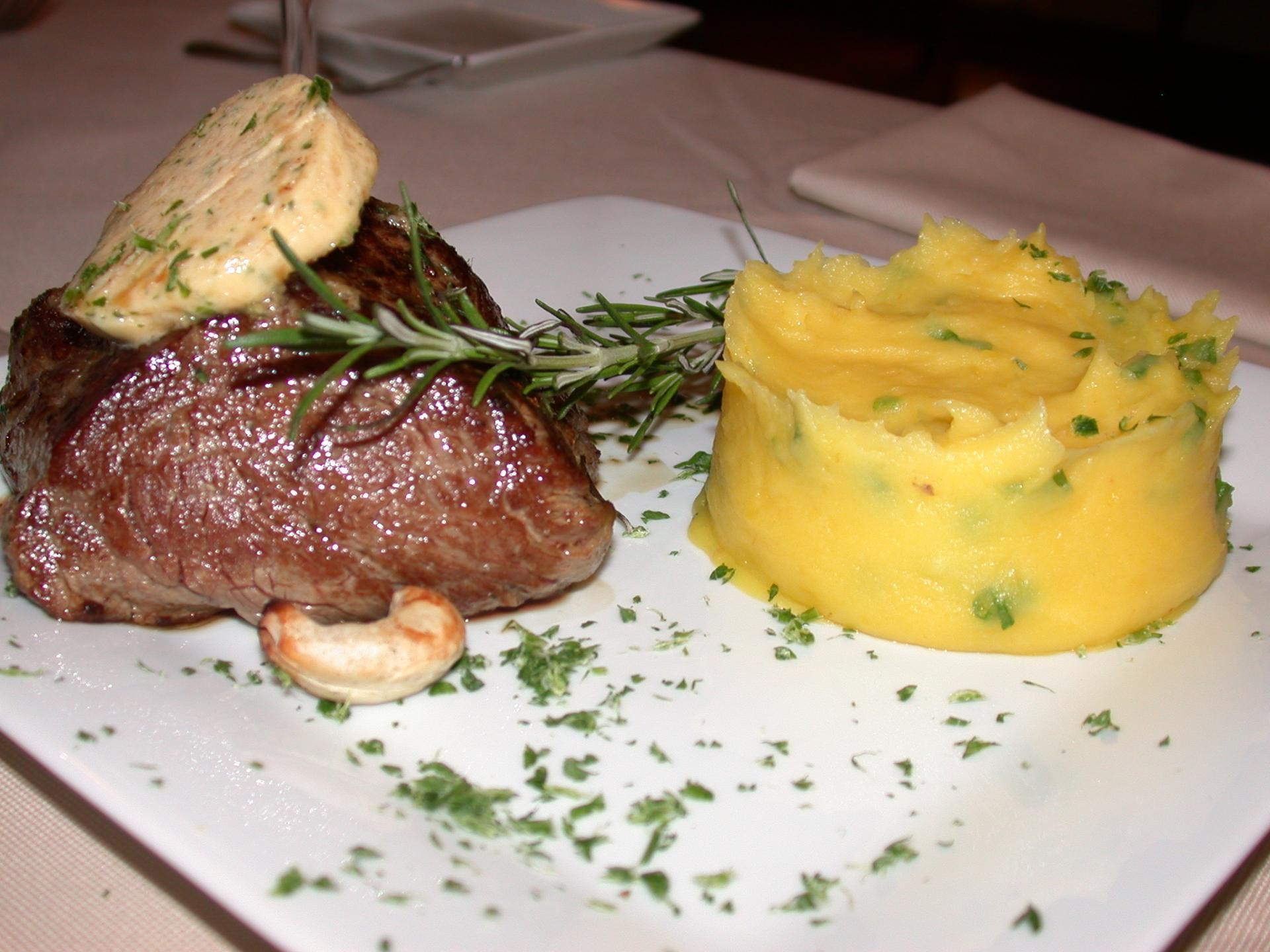What Is Churrasco and Why Is It So Popular?

Good Meat Is Pure Pleasure in Brazil
Argentinean steak is probably known to everyone, even to those who have never eaten it. The situation is different with Brazilian churrasco. The expression is probably familiar to every traveler in Brazil, but it is unknown to others. In any case, both countries along Rio de la Plata, Argentina and Uruguay, and their huge neighbor Brazil share a great fondness for grilling high-quality meat. In the end, the term churrasco unites exactly these two things. Churrasco describes both the grilling and the meat itself, cooked according to a certain method of preparation.
Churrasco: Heritage of the Gauchos
Today you can find churrasqueiros (chefs specializing in steak), churrascarias (steakhouses) and the product churrasco almost everywhere in Brazil.
The tradition of churrasco has its origins in the hinterland of Southern Brazil, more precisely among the gaúchos in the pampas. The gaúchos, who romantically transfigured folklore, comparable to cowboys on the frontier of the Americas, are mostly descendants of Iberian immigrants and still practice cattle breeding on the extensive grasslands of Argentina, Uruguay and Southern Brazil.
They enjoy a high status in these regions and play an important role for national identity. Their customs have been handed down to this day and have also spread beyond the pampas. These traditions include churrasco and the drinking of mate tea, known as “chimarrão” in Brazilian Portuguese. The heritage of the gaúchos can also be found in the United States. It's not without reason that their beef is considered one of the best of its kind in terms of quality and is particularly popular among meat lovers. Cattle breeders would prepare their meat on skewers or racks over an open fire and eat it on the spot. This method of preparation gave rise to what is now known as churrasco, steak that is famous throughout the country.
Meat, Meat and Even More Meat!
As the chef handling the meat is known as a churrasqueiro, the grill itself is known as a churrasqueira. The latter can be found in Brazil, especially in the South, in many apartments and houses. This grill also exists in a smaller version, if for example, the balcony does not allow for more space. But for most Brazilians, it is a must!
A churrasco is held in private circles, preferably in larger groups, for festive occasions or simply for pleasure. Some restaurants specialize in the preparation of meat in the form of churrasco. These restaurants are called churrascarias and exist almost everywhere in Brazil, from São Paulo to Rio. Often, they are simply furnished restaurants where you pay either by the kilo or a single all-you-can-eat price. Besides a selection of different kinds of meat, the offer consists of side dishes such as rice, farofa (roasted manioc flour), feijão (beans) and vegetables.
Especially for the churrasqueiro, the churrasco is more than just a meal on the grill. It rather resembles a ritual. Every step of the preparation - from sharpening the knife, to the right temperature of the grill, to the appropriate cooking time for each piece - shows the meat the respect it deserves.
There is an enormous variety of meat, with beef being the most traditional and common grilled specialty. The most famous cuts of meat include picanha (boiled beef or tail), maminha (mayor's piece), ripa cupim (from the humps on the shoulders of some breeds of cattle) and contra-filé. Various sausages and poultry are often on the grill as well. Depending on the region in Brazil, lamb is also included.
Taste and Conviviality
To preserve the characteristic meat taste, the meat is usually seasoned and marinated in a rather restrained manner. Especially for beef, only coarse sea salt is used for the most part. It is then placed on skewers on the grill. Different types of skewers are used, depending on the type of meat that is being rotated over the embers. For example, double skewers are suitable for grilling sausages, while wider skewers are more suitable for thicker pieces of meat. When the meat is nicely browned and crispy all around, the skewer is removed from the grill and brought to the table. This is another important difference compared to traditional grilling in the United States. The slices are cut off the skewers one by one with a sharp knife and placed on the guests' plates. The thickness of the slices depends on whether you prefer the meat to be thoroughly cooked or whether you prefer it pink to bloody. Then the skewers are put back on the grill for another round. This classic form of serving, which exists mainly at home but also in churrascarias, is called a rodizio and is repeated until all the meat is consumed. In restaurants that employ this format, guests usually signal to the waiters that the cycle should continue by placing the green side of a card on the table. If one wants to take a break or is full, one turns the card and shows the red side.
Brazil and its typical method of preparing meat on the grill are two things that clearly belong together. With a churrasco, Brazilians combine culinary enjoyment and socializing with family and friends, just like the gaúchos on the cattle farms once did. Churrasco has already found its way into other countries and is enjoying growing popularity. In the United States and Canada, for example, there are already steakhouses that employ the Brazilian rodizio format.
In our opinion, it is definitely worthwhile to experience varied Brazilian barbecue cuisine in all its facets, whether you are on vacation in Brazil or at home!

